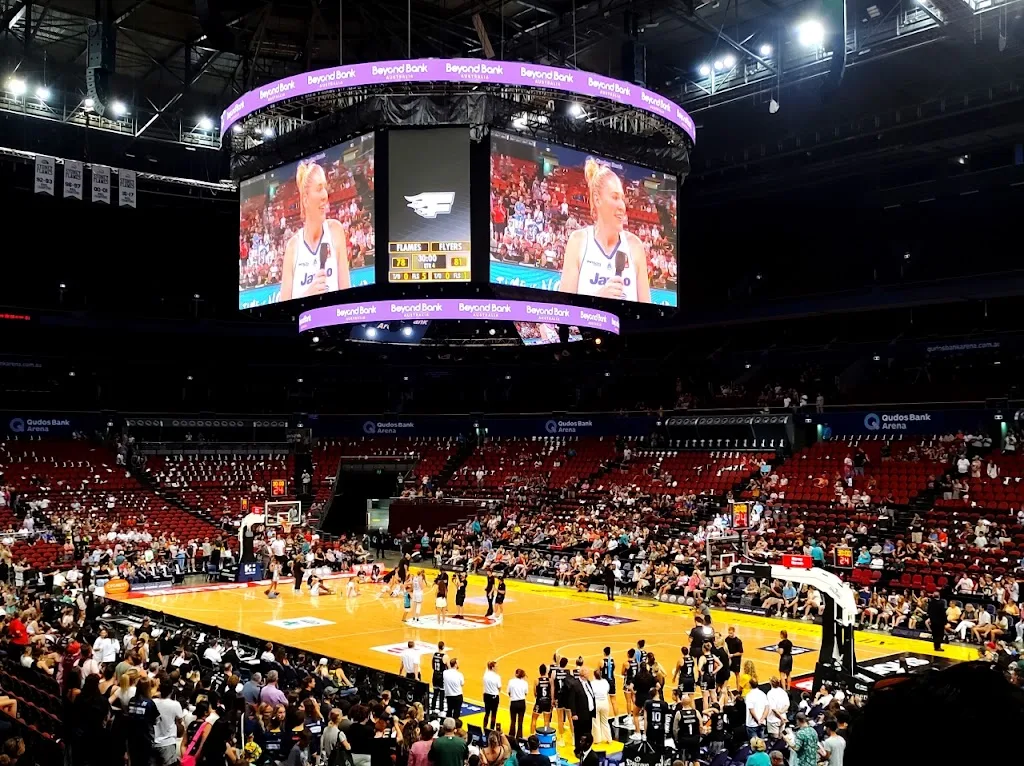The Quickly Rising Cost Of Kid Sports In Australia?
———————-
Dream Or Not Dream!!!
In the land of kangaroos and koalas, where sports is a significant part of the culture, the question arises – should children dream about becoming sports stars in Australia? The answer is not as straightforward as it might seem, especially considering the rising costs of participating in sports. Why Do We Have An Issue With The Rising Cost of Kid Sports in Australia?
The Rising Cost Of Kids Sports
Recent studies have shown that the cost of participating in sports in Australia has been steadily increasing. The Australian Sports Commission estimates that Australian adults spend an average of $1,304 annually for their sporting endeavours, up from the $796 five years ago. They are also responsible for the costs incurred by their children’s sports participation – an average cost of $1,369 per child, nearly doubling from the average cost five years ago. These figures don’t include indirect costs such as new training outfits and footwear, transportation and parking fees & these are not the issue.

The Dream vs. The Reality
Despite the rising costs, the dream of becoming a sports star should not be dismissed outright. The benefits of participating in sports extend beyond the playing field and into various aspects of life. An interesting study by the University of Sydney found a link between participation in youth sports and improved academic results. Other studies from different networks have found that it brings down aggression.
Moreover, there are programs and initiatives in place to support promising young athletes. For instance, the Sport Australia Hall of Fame (SAHOF) has announced its Scholarship and Mentoring Program, which awards 32 scholarships and $150,000 in funding to future stars to support them to go further.
Understanding the Rising Costs
The rising costs of sports participation in Australia can be attributed to several factors:
Increased Operating Costs
Many small Australian sporting clubs are grappling with increased operating costs. This has led to declining registrations and reduced volunteer numbers.
Cost of Equipment and Training
Sports that require expensive equipment or are undertaken at specialist facilities can be particularly costly. In addition to the cost of equipment, there are also costs associated with uniforms, footwear, coaching, lessons, and even transportation and parking.
Inflation and Cost of Living
The general cost of living in Australia has been rising, and this has had a knock-on effect on the cost of sports participation. Australians spent more on sport and physical pursuits in the recent financial years compared to five years earlier.
Injury and Insurance Costs
Participating in sports carries a risk of injury, which can lead to substantial rehabilitation and treatment costs.
While these factors have contributed to the rising costs of sports participation, it’s important to remember that sports offer numerous benefits, including improved physical health, mental well-being, and academic performance. Therefore, finding ways to make sports more affordable and accessible should be a priority for all stakeholders involved. This could involve offering subsidies, providing second-hand equipment, or even exploring online/virtual-based physical activities, which have seen a dramatic increase in popularity in recent years.

The Importance of the Issue
The rising cost of sports participation is indeed a significant issue in Australia. It’s not just a matter of concern for families, but also for sporting groups and clubs across the country. Tough economic conditions have led to a decrease in club memberships due to the financial burden, pushing many clubs towards insolvency.
For families, the financial strain is palpable. A survey revealed that half of Australian clubs have seen a membership decrease due to the financial burden. Families are resorting to measures such as fundraising, car pooling, and packing lunches to cope with the costs.
The issue is particularly pressing for lower-income families and those living in regional areas. Data from the Australian Sports Commission reveals that children from these backgrounds are less likely to participate in sports. This is concerning because sports participation can have numerous benefits, including improved physical health, mental well-being, and academic performance.
Moreover, the cost of sports participation can impact children’s future opportunities. For instance, sports that require expensive equipment or are undertaken at specialist facilities are already too costly for some lower-income families to engage with.
The rising cost of sports participation is a significant issue in Australia that affects many families and children. It’s an issue that requires attention and action from all stakeholders involved, including families, schools, communities, and the government. By working together, it’s possible to find solutions that make sports more affordable and accessible, ensuring that all children have the opportunity to participate in sports and reap the associated benefits.
The Issue of Government Funding
The issue of government funding for children’s sports in Australia is a complex one. While there has been some investment in this area, it is clear that more needs to be done.
Recent research shows that many small Australian sporting clubs are on the brink of collapse due to cost-of-living impacts such as declining registrations and increased operating costs. This is despite the fact that the Australian Sports Commission has welcomed the Australian Government’s commitment to the continuation of critical national sport programs.
The Australian Government has announced a package for sport which includes significant funding to keep kids active through sport. However, the funding is not enough to offset the rising costs of sports participation.
Moreover, there are concerns about the redirection of funds from kids’ sports to other areas. While the government has allocated funding to support women in sport and to upgrade the AIS Campus, there is a need for more targeted funding to support children’s participation in sports, particularly for those from lower-income families.
The government has made some efforts to support children’s sports in Australia, there is a need for more substantial and targeted funding in this area. This is crucial to ensure that all children, regardless of their economic background, have the opportunity to participate in sports and reap the associated benefits.

Impact of Sports on Youth Crime Rates
Participation in sports has been widely recognized as a positive influence on youth, with numerous studies indicating that it can lead to a reduction in crime rates.
A systematic review and meta-analysis on the effectiveness of sports programs found a moderate effect of participation in sports programs on crime-related outcomes. Participants showed a significant decrease in certain outcomes such as aggressiveness or anti-social behavior.
Research from the University of Michigan showed that schools with higher sport participation rates had lower serious crime rates and suspensions. This suggests that sports participation can have a positive impact on youth behavior, potentially steering them away from criminal activities.
Sports participation can play a significant role in reducing youth crime rates. By providing a positive outlet for energy, fostering teamwork and discipline, and building self-esteem, sports can offer an alternative to negative behaviors and potentially reduce the likelihood of youth involvement in crime.
Conclusion
While the rising costs of sports participation in Australia are a concern, they should not deter children from dreaming about becoming sports stars. The benefits of sports participation, both on and off the field, are immense. Moreover, with the right support and guidance, these dreams can become a reality. It’s important for families, schools, and communities to work together to find ways to make sports participation more affordable and accessible for all children, regardless of their economic background. After all, every child deserves the chance to chase their dreams, whether they’re on the pitch, the court, the pool, or the track. You probably had these dreams of being a sports legend to.
Join the Discussion
We invite you to join the discussion on this important issue. What are your thoughts on the rising costs of sports participation in Australia? How do you think it affects children’s dreams of becoming sports stars? Do you believe it’s an issue that requires immediate attention and action? What solutions can you suggest to make sports more affordable and accessible for all children? Share your thoughts and let’s work together to ensure that every child has the opportunity to participate in sports and chase their dreams.
#SportsInAustralia #YouthSports #RisingCosts #GovernmentFunding #YouthCrime #SportsBenefits #DreamBig #PlayFair #EqualOpportunity #AffordableSports #ActiveKids #HealthyNation #SportingDreams #FutureStars #SportsParticipation #CommunitySports #GrassrootsSports #SportClubs #FinancialStrain #CostOfLiving #SportsEquipment #InjuryCosts #InsuranceCosts #AcademicPerformance #PhysicalHealth #MentalWellbeing #CrimePrevention #ResilienceBuilding #PositiveInfluence #YouthEmpowerment



Hi, Neat post. There’s an issue together with your web site in internet explorer, may test this·IE still is the marketplace chief and a good component of people will pass over your fantastic writing due to this problem.
Hi Abbie
Thanks for your comments and for alerting us to IE issues
We will find a plugin to fix the problem shortly
Have a great day and do stay with us
Cheers
Mike